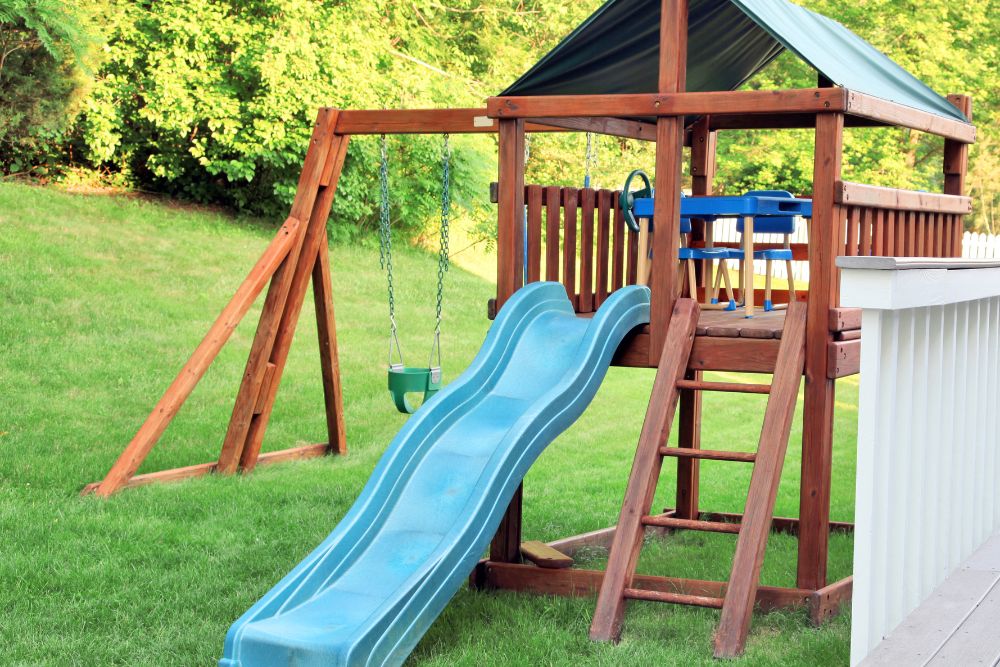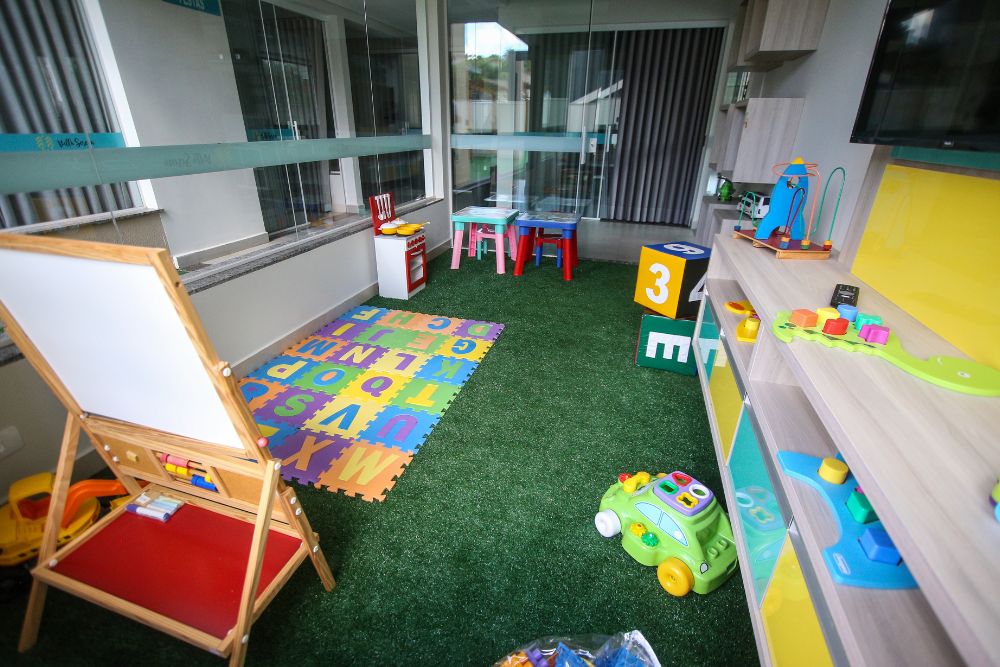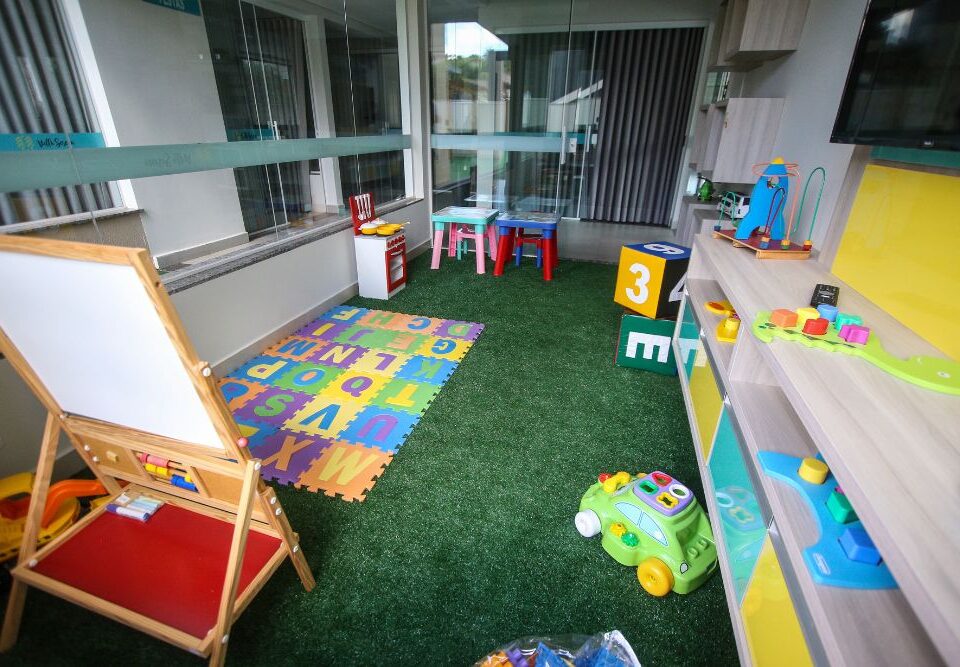
Why Professional Deck Removal is Essential for Your Yard
September 1, 2025
Deck Removal How to Choose the Right Professional Service
September 2, 2025The Basics of Playset Removal and Disposal
Removing a backyard playset is more complex than simply dismantling it. These structures are often bulky, anchored deeply into the ground, and made of a combination of wood, metal, and plastic. Attempting to handle the task alone can lead to property damage or personal injury. Each component requires careful attention, from the swings and slides to the support beams and bolts. Understanding how to safely dismantle a playset begins with knowing its construction. Assessing the size, weight, and condition of the materials is key to planning a removal strategy that avoids unnecessary risk. Additionally, environmental factors such as soil stability and surrounding landscaping play a role in determining how the structure can be safely taken apart.
Proper planning also includes determining the disposal method. Playsets can often be partially recycled or donated if still in usable condition. Sorting materials during dismantling can streamline the disposal process, ensuring that wood, metal, and plastic are handled according to local regulations. Taking a methodical approach not only protects the home environment but also minimizes the time and effort required for cleanup. Knowing what to expect helps homeowners avoid frustration and ensures the removal process is smoother and safer.
Planning Your Playset Dismantling
Before lifting a single tool, creating a detailed plan is essential. Begin by measuring the playset to understand the dimensions and approximate weight. Documenting each part helps track the removal process, especially if bolts, screws, or connectors need careful handling. Ensuring that all necessary tools, safety gear, and equipment are on hand prevents last-minute disruptions and increases efficiency. Having at least one helper is advisable because lifting heavy sections alone increases the risk of injury and can damage the yard. Coordinating the steps of dismantling in a logical sequence keeps the project organized and reduces the likelihood of accidents.
Consider the pathway for moving pieces out of the yard. Removing sections through narrow or obstructed areas can be hazardous without proper planning. Protecting landscaping and outdoor surfaces is equally important, so lay down temporary mats or boards to prevent scratches or soil compaction. Preparing disposal containers or identifying recycling options ahead of time can save a significant amount of stress during the final cleanup. By investing time in planning, homeowners can transform a potentially overwhelming task into a manageable project that maintains safety and efficiency.

Tools and Equipment Needed for Removal
Having the right tools is critical to a successful playset removal. Basic hand tools like wrenches, screwdrivers, and pliers are essential for loosening bolts and dismantling smaller components. A saw or reciprocating saw may be necessary to cut through larger wooden beams or metal supports. Protective gear, including gloves, safety glasses, and sturdy footwear, ensures that individuals are shielded from splinters, sharp edges, or falling debris. For heavier sections, dollies or lifting straps can make transportation easier while minimizing the risk of injury. Preparing a well-equipped workspace contributes to a smoother removal process and helps avoid delays caused by missing or inappropriate tools.
Using equipment safely requires understanding the specific demands of each playset component. Metal parts may require different handling than wooden beams, and plastic slides can crack if forced incorrectly. Taking time to assess each piece before moving it reduces the chance of damage or injury. A systematic approach, where tools and equipment are matched to the task at hand, leads to a more efficient workflow. Homeowners who approach playset removal with both preparation and care can complete the project successfully while maintaining the integrity of their yard and avoiding unnecessary stress.
Disassembly Techniques for Safety
Safety is paramount when dismantling a playset. Start from the top, removing swings, slides, and loose parts before addressing the main structural supports. Keeping weight distribution in mind prevents sudden shifts that can cause falls or tip over heavy beams. Labeling pieces during disassembly helps track hardware and makes the process more organized. Breaking down large sections into manageable sizes ensures that lifting and transport are safer and less strenuous. Employing two or more people when moving bulky components adds an extra layer of security and reduces the chance of accidents.
Certain fasteners and joints may require special attention. Bolts embedded deep in wood or rusted metal connectors need gradual loosening and careful extraction. Rushing this step can result in stripped bolts, splintered wood, or injuries. Using step ladders or platforms safely to reach higher parts, while ensuring that someone is nearby for support, is crucial. Following a methodical approach to dismantling reduces the likelihood of damage to remaining yard structures and ensures that each piece is prepared correctly for disposal or recycling.
Sorting Materials for Disposal or Recycling
Once a playset is dismantled, sorting materials is the next important step. Wood, metal, and plastic components should be separated to comply with local disposal regulations and recycling guidelines. Treated wood and composite materials may require special handling, while metal beams can often be recycled. Plastics from slides or swings may be taken to recycling centers that accept such materials. Sorting in advance prevents delays at disposal sites and reduces the risk of improperly discarded items affecting the environment.
Properly categorizing materials also allows homeowners to consider donation opportunities. If some parts are still in usable condition, local charities or schools may accept them for reuse. Minimizing the portion of the playset that ends up in landfills benefits the environment and aligns with sustainable practices. By taking the time to sort and assess each component, the removal process extends beyond mere cleanup, fostering responsible disposal and potentially helping others in the community.
Handling Large or Stubborn Sections
Some playset components are cumbersome or anchored firmly in the ground. Removing posts or beams embedded in concrete or deeply set in soil requires additional effort and sometimes specialized equipment. Digging around posts, loosening cement, or leveraging lifting tools helps in safely extracting these stubborn pieces. Attempting to force removal without proper technique can cause damage to the yard or lead to personal injury. Patience and careful execution are essential to manage these difficult sections.
Working with heavy or awkward pieces is easier with assistance. Two-person lifts, mechanical jacks, or dollies can help maneuver large beams safely. Ensuring clear pathways and maintaining communication among helpers reduces accidents. Taking breaks and reassessing the approach when facing unexpected challenges prevents strain or hasty decisions that could compromise safety. A thoughtful strategy for stubborn sections ensures that the entire removal process proceeds without major setbacks.
Temporary Storage and Transportation
After disassembly, arranging temporary storage or transport is critical for efficient disposal. Playset components should be kept organized to avoid confusion or damage before reaching the disposal site. Containers, bins, or tarps can protect pieces from weather exposure. Planning the transport route, vehicle capacity, and weight distribution prevents mishaps during the journey. Properly secured loads minimize the risk of accidents and make unloading more manageable.
Transporting dismantled playsets also includes considering local regulations. Some jurisdictions have rules for hauling large debris, and following them ensures a smooth disposal process. Using trucks, trailers, or rental vans with appropriate size and securing methods contributes to safety. Homeowners who take the time to arrange transport thoughtfully reduce stress and ensure that the disposal process is as seamless as possible.
Managing Yard Impact and Safety
Playset removal inevitably affects the yard. Heavy lifting and digging can damage grass, plants, or landscaping features. Taking precautions, such as laying boards to distribute weight or marking sensitive areas, protects the surrounding environment. Clearing the area of debris promptly prevents trips or injuries. Maintaining a clean and organized workspace throughout the process keeps the project safe and efficient.
Monitoring safety extends to both participants and bystanders. Children and pets should be kept away from the removal area to prevent accidents. Wearing appropriate safety gear and adhering to correct lifting techniques ensures that each person involved remains protected. By addressing yard impact and prioritizing safety, homeowners can complete playset removal responsibly without causing unnecessary disruption or damage.
Understanding Local Regulations and Guidelines
Local laws may dictate how certain materials can be disposed of, especially treated wood, plastics, and metal components. Checking municipal waste disposal rules and recycling centers’ requirements avoids fines and ensures compliance. Some areas may offer bulk waste pickup services for larger playsets, while others may require trips to specific disposal facilities. Understanding these regulations ahead of time streamlines the removal process and prevents legal complications.
Complying with local guidelines not only protects homeowners legally but also benefits the community and environment. Being aware of the correct procedures for disposal, recycling, or donation ensures that no part of the playset is mishandled. Planning with these regulations in mind allows for a smooth and efficient cleanup while demonstrating responsible stewardship of local resources.
Choosing Professional Help When Needed
For those facing particularly large, complex, or difficult playsets, professional assistance is often the safest choice. Experts have the tools, experience, and manpower to dismantle and dispose of playsets efficiently and safely. Hiring professionals reduces the risk of injury, minimizes yard damage, and ensures compliance with local disposal regulations. They can also offer eco-friendly disposal options and handle recycling or donation logistics, simplifying the process for homeowners.
Professional services save time and effort while providing peace of mind. Engaging experts allows homeowners to focus on other priorities while ensuring the removal process is conducted efficiently. Knowing when to call for help is a crucial part of managing playset removal responsibly and successfully. Professionals bring both expertise and resources that make the process smoother and safer, especially for challenging or cumbersome structures.
Conclusion
Removing a playset involves more than simple dismantling; it is a careful orchestration of planning, safety, and disposal. From understanding the structure to handling large components and sorting materials, every step requires attention to detail and methodical execution. Homeowners who take the time to prepare adequately, use proper tools, and follow safety guidelines can transform a daunting project into a manageable and efficient task. Considering temporary storage, transport logistics, and minimizing yard impact further enhances the process. Adhering to local regulations ensures both legal compliance and environmental responsibility, making the project safer and more efficient overall.
For those who prefer a hands-off approach or have particularly large or complex playsets, professional assistance is highly beneficial. North Bay Junk Removal in Santa Rosa, CA provides expert junk removal services that handle all aspects of playset removal and disposal. Their trained team ensures safe dismantling, responsible sorting for recycling or donation, and proper disposal according to local guidelines. Homeowners can contact North Bay Junk Removal at 707-478-6817 for reliable, efficient, and professional junk removal services that make reclaiming backyard space simple and stress-free.



